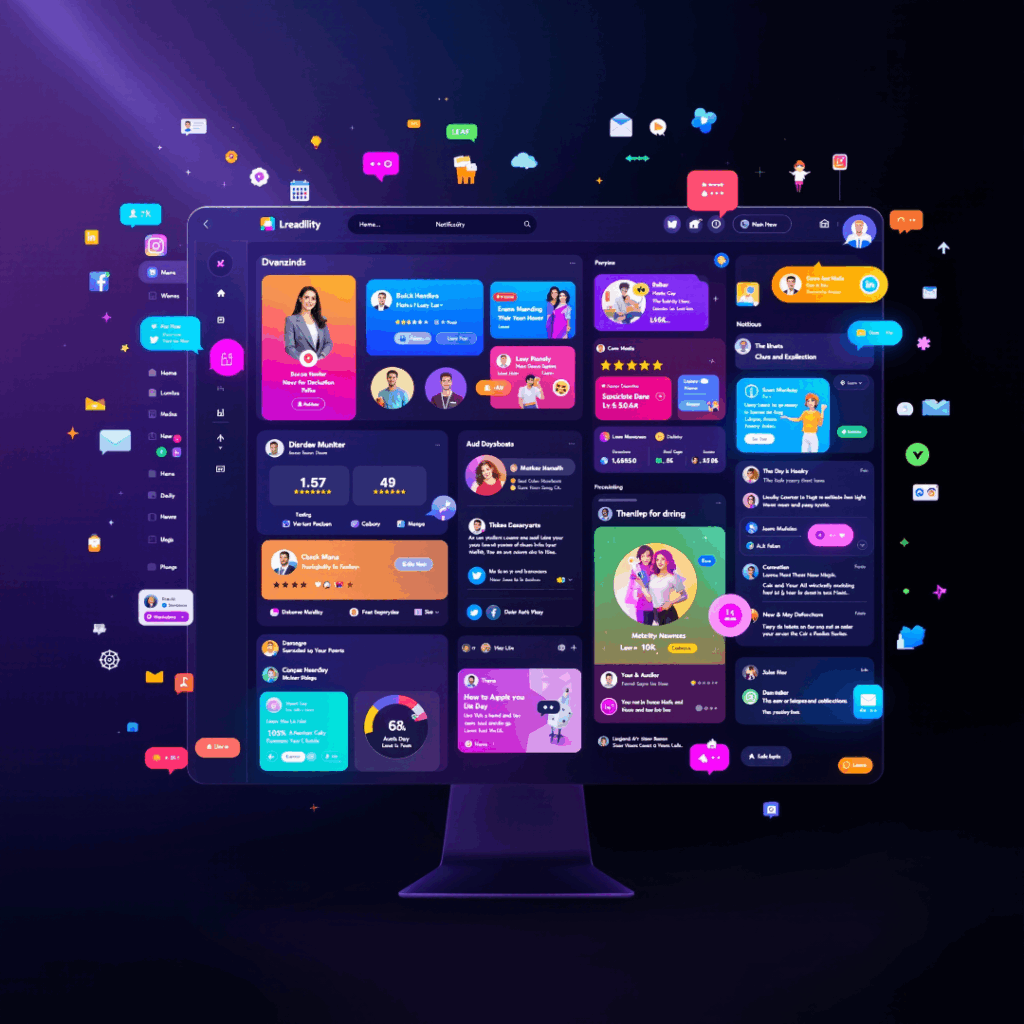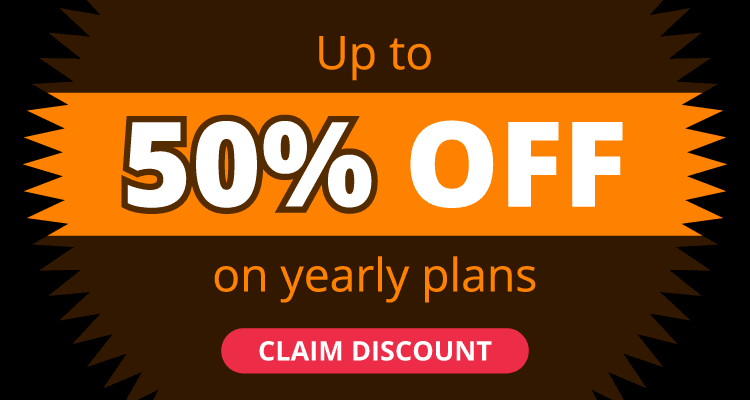You’ve built a great following on social media. Your posts get likes, comments, and shares, but are those followers turning into actual business? This is the social media paradox: you can have thousands of followers, but your sales or client list isn’t growing. The truth is, social media platforms are great for engagement, but they aren’t built for sustainable business growth on their own.
A website is the missing piece of the puzzle. It’s the tool that transforms your casual followers into loyal, paying customers. Think of your Facebook, TikTok or Instagram accounts Growth as the party, and your website as the place where you can have a meaningful conversation and close the deal.

Image created by Wixel
Building the Bridge from Social Media to Your Site
Your social media profiles and your website should work together as a team. The goal is to use your social channels to send a steady stream of traffic to your site, where you can turn that traffic into business.
Link Strategically
Make it incredibly easy for your followers to find your website. Optimize the link in your bio by using a clear call-to-action that tells people why they should click. Tools like Linktree can be useful, but sending users directly to a specific page on your site often converts better. Don’t forget to mention your website in your posts and stories whenever it’s relevant.
Create Content That Drives Traffic
Give your followers a reason to visit your site. Post teaser content on social media that leads to the full article, video, or resource on your website. You can also offer exclusive discounts or content that is only available to website visitors. This creates a sense of urgency and rewards your audience for taking the next step.
Retarget and Track
Install tracking pixels from social media platforms on your website. This allows you to create remarketing campaigns that target people who have already visited your site, reminding them of your products or services. You can also track which social media posts are driving the most traffic and conversions, helping you refine your strategy.
Getting Started: Your 6-Step Plan
Ready to build a website that grows your business? Here’s a simple plan to get you started.
- Define Your Goals: Decide what you want visitors to do on your site. Is it to buy a product, fill out a contact form, or subscribe to your newsletter?
- Choose the Right Platform: Pick a website builder that fits your needs. Platforms like Wix are great for e-commerce with many flexible options for a variety of businesses.
- Design with Conversion in Mind: Focus on creating a clean, user-friendly experience. Don’t let flashy design features get in the way of a smooth user journey.
- Create Quality Content: Write compelling copy for your homepage, about page, and product or service pages. High-quality content is what will convince visitors to take action.
- Set Up Analytics: Install a tool like Google Analytics from day one. Tracking your traffic and user behavior is the only way to know what’s working.
- Launch and Promote: Once your site is live, announce it to your social media audience. Drive traffic to your new site and start turning those followers into customers.
Essential Elements of a High-Converting Website
A website that’s built to convert has a few key ingredients. Make sure your site includes these essential elements to get the best results.
- A Clear Value Proposition: A visitor should understand exactly what you offer within five seconds of landing on your homepage.
- Intuitive Navigation: Make it simple for people to find what they’re looking for, whether it’s your products, services, or contact information.
- Strong Product/Service Pages: Your descriptions should be detailed, benefit-focused, and paired with high-quality images or videos.
- Social Proof: Display reviews, testimonials, and case studies prominently to build trust and show that you deliver results.
- Email Capture: Include an email signup form to build your list and create a direct line of communication with your audience.
The Limits of Building Your Business on Social Media
Relying only on social media for your business is like building a house on rented land. You have some control, but at the end of the day, you don’t make the rules.
You Don’t Own Your Audience
That huge following you worked so hard to build isn’t really yours. An algorithm change can cause your reach to plummet overnight, making it impossible to connect with your audience. Even worse, platforms can change their policies or even suspend your account without warning, and you could lose everything in an instant.
Limited Conversion Power
Social media platforms are designed to keep users on their app, not to create a smooth shopping experience for your customers. Checkout processes can be clunky, and you have little control over the user’s journey. It’s also difficult to capture important customer data, like email addresses, which you need for long-term marketing.
Credibility and Trust Issues
Let’s be honest: a business with only a social media page can feel a bit temporary. Professional clients and serious buyers expect to see a real website. It shows that you’re established, legitimate, and invested in your business. Without it, you might be missing out on customers who don’t see you as a credible option.
Why Your Business Needs a Website
A website is your business’s digital home base. It’s the one piece of the internet you completely own and control, and it works for you around the clock.
Your website is a 24/7 sales machine, converting visitors into customers even while you sleep. It establishes your authority and builds trust with potential buyers. A site also helps you get discovered by new customers through search engines like Google, reaching far beyond your social media followers. Most importantly, you own all the data, allowing you to build email lists and create powerful marketing campaigns that you control.
What Makes a Website “Suitable”?
Not all websites are created equal. A “suitable” website is one that’s designed with your specific business goals and audience in mind.
It should be perfectly aligned with what you want to achieve. For example, if you sell products, you need an e-commerce site with a smooth checkout. If you offer services, your site should be focused on generating leads through contact forms and clear calls-to-action.
Your website should also be designed for your target audience, with a user experience that feels natural and intuitive. Since most people browse on their phones, a mobile-first optimization and design is essential. Finally, it needs to be optimized for conversions with clear CTAs, trust signals like testimonials, and fast loading times.
From Attention to Action
Social media is fantastic for grabbing attention, but your website is where you convert that attention into real business. A professional, conversion-focused website is no longer just a nice-to-have—it’s an essential tool for any business that wants to achieve sustainable growth. The businesses that will succeed are the ones that take control of their digital presence.




